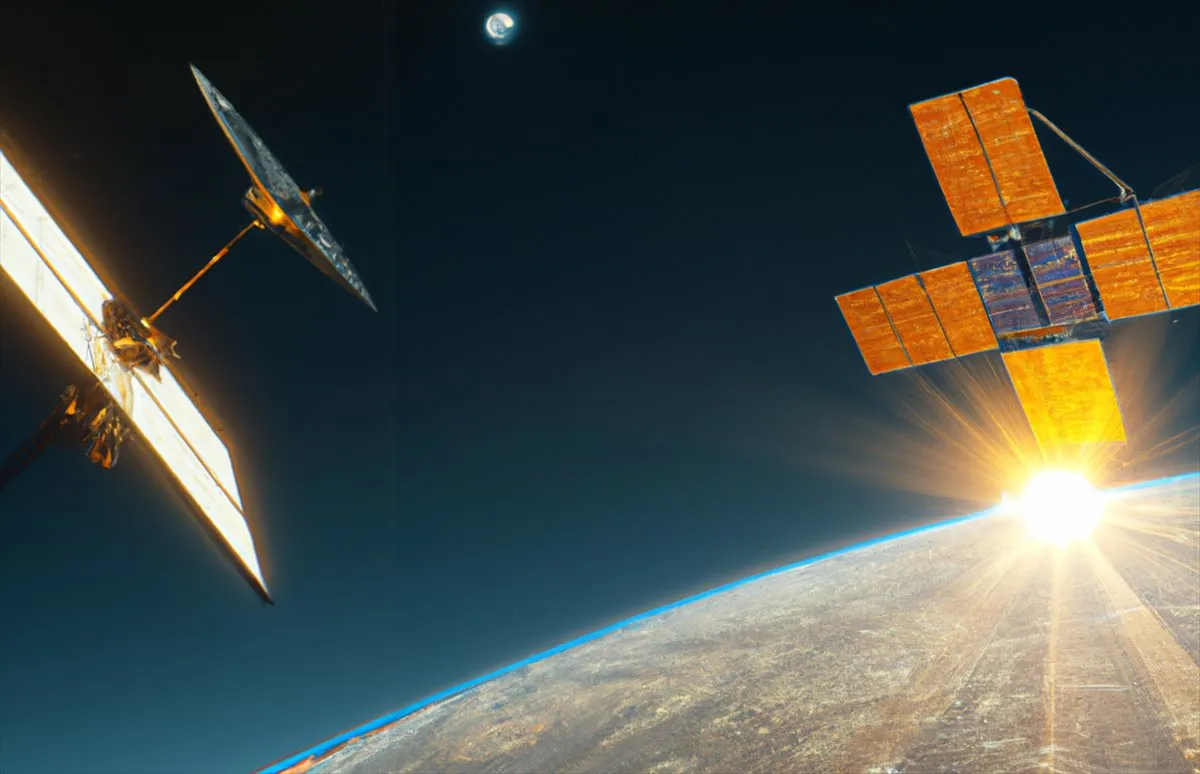How can energy be sent from space to the Earth’s surface?

We talked recently from the project Which will take place in January of this year, the launch of a satellite designed to capture solar energy in space, with the aim of sending that energy to Earth.
This idea isn’t new, the possibility of doing this has been chewed on for a long time, as the atmosphere absorbs a lot of energy and what reaches the surface is only a percentage of what can actually reach.
The amount of solar energy that reaches the Earth’s surface depends on several factors, including the distance between the Sun and the Earth and atmospheric conditions. On average, it is estimated that about 51% of the solar energy leaving the sun reaches the Earth’s surface. However, this percentage can vary depending on the time of year, latitude and altitude.
Earth’s atmosphere acts as a filter for sunlight, absorbing some of the rays and reducing the proportion of sunlight that reaches the surface. The atmosphere absorbs ultraviolet and infrared radiation to a large extent. However, most of the sunlight that reaches Earth is visible light, which is what it allows us to see, as it passes through the atmosphere with relative ease.
The amount of sunlight that is absorbed into the atmosphere can also vary depending on weather conditions. Clean, dry air allows more sunlight to pass through than moist or polluted air. The presence of clouds can also affect the amount of sunlight that reaches the surface, as clouds can reflect or absorb a large amount of light.
With that in mind, it’s worth considering putting solar panels into orbit, and allowing them to collect as much energy as possible.
How is this energy transferred back to Earth?
The problem is that the satellite will be able to capture and store energy, but the tricky thing is to send it to Earth without relying on cables. Not that cable is such a crazy idea, it is possible to do it, but there are other ways that are more elegant and less risky.
The most common idea is to send energy from space to Earth through a laser or microwave energy transmission system, the latter being the most viable.
Microwave energy transmission is a technology that has been studied for many years as a potential way to send energy from space to Earth. The concept is simple: microwaves are sent from an orbiting satellite to a receiving antenna on Earth’s surface. The receiving antenna is responsible for capturing microwaves and converting them into electrical energy.
Logically, the antenna must have a specific shape and must be made of materials that do not interfere with the transmission of microwaves, and always precisely directed towards the satellite in order to efficiently capture microwaves.
In 1973, American scientist Peter Glaser patented a method for transmitting energy from space to the Earth’s surface using microwaves. The system consists of a satellite with a large antenna that sends the microwaves to a second, much larger antenna on Earth, known as a satellite Rictina. This process consists of using a large antenna on the satellite to send microwaves back to Earth, and a second antenna, called Retina, located on the surface to receive the microwaves and convert them into electrical energy. However, while this technology is promising, there are still environmental concerns with microwave energy transmission. Although they are similar to those used in telecommunications, more studies are needed to ensure that they do not harm fauna and flora in the Rectina region or interfere with air navigation instruments.
You can read more on this topic On the opposite page of Wikipedia.
And what will we do with microwaves once they reach Earth?
Once the microwaves are picked up by the antenna, they are converted into electrical energy through a process known to convert microwave energy into a form of electrical current that can be used by electrical devices. This energy can be stored in batteries or transmitted by cable to other plants.
Are there risks?
Although it has been proven that what passes through a microwave beam will not burn as it would in an oven, there are things that have not yet been proven.
The transmission of energy from space to Earth’s surface, using microwaves, presents many technical and safety challenges. The energy beam must be so precise that it is aimed only at the pointing device and does not cause interference with other areas or planes. Studies must also be carried out to ensure that they do not cause harm to health or the environment. In addition, the economic viability of the system requires that receiving stations be made as small as possible, either by increasing the diameter of the transmitting antenna or the frequency of the transmitted radiation. However, the larger diameter of the antenna means more weight in orbit and the higher frequency leads to lower transmission efficiency.




